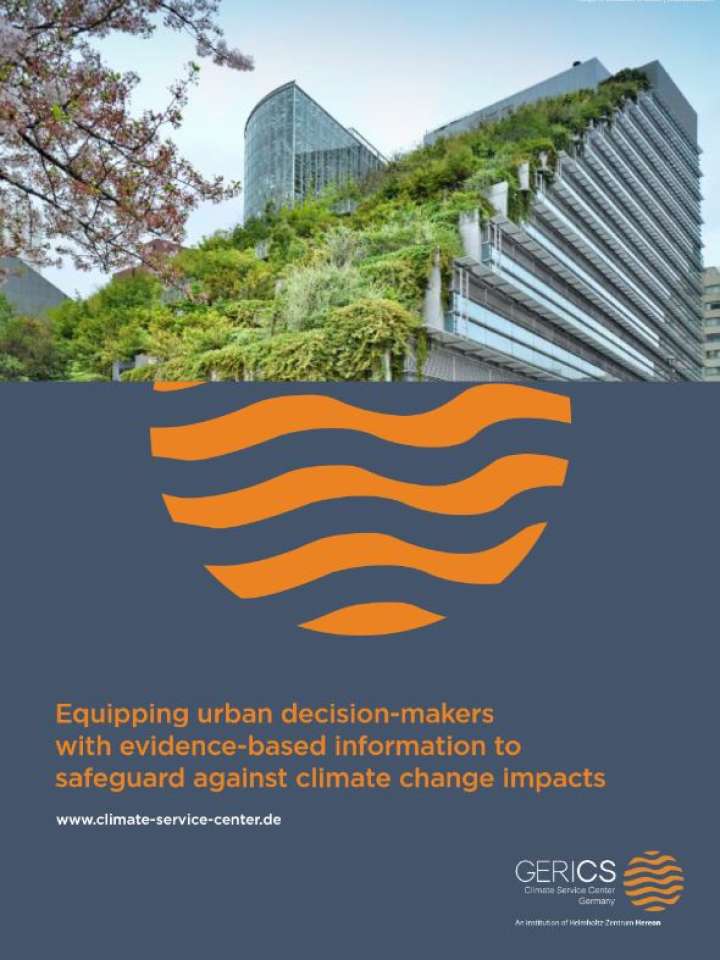Safeguarding against climate change impacts
This report attempts to equip urban decision-makers with evidencebased climate information tailored to their specific context, to adequately adapt to and prepare for future climate change impacts. Urban areas are prone to climate change impacts. Simultaneously, the world’s population increasingly resides in cities. The growing awareness of the interlocking drivers of urban change and vulnerability calls for institutional transformation, and the need to link adaptation action to development efforts demand innovative approaches to connect sciencepolicy and practice.
When providing climate information for cities, the uniqueness of urban areas needs to be taken into account. The materials, emissions, and builtup structures in cities result in an urban climate that can locally modify the regional climate as well as the expected climate change signals. The research conducted at GERICS shows that regional climate models offer a useful tool for understanding urbanrural temperature and humidity contrasts under climate change. Especially the added value of the stateoftheart convectionpermitting models to provide the underpinning science to improve the development of knowledgebased climate information for urban regions is evident.
Explore further
